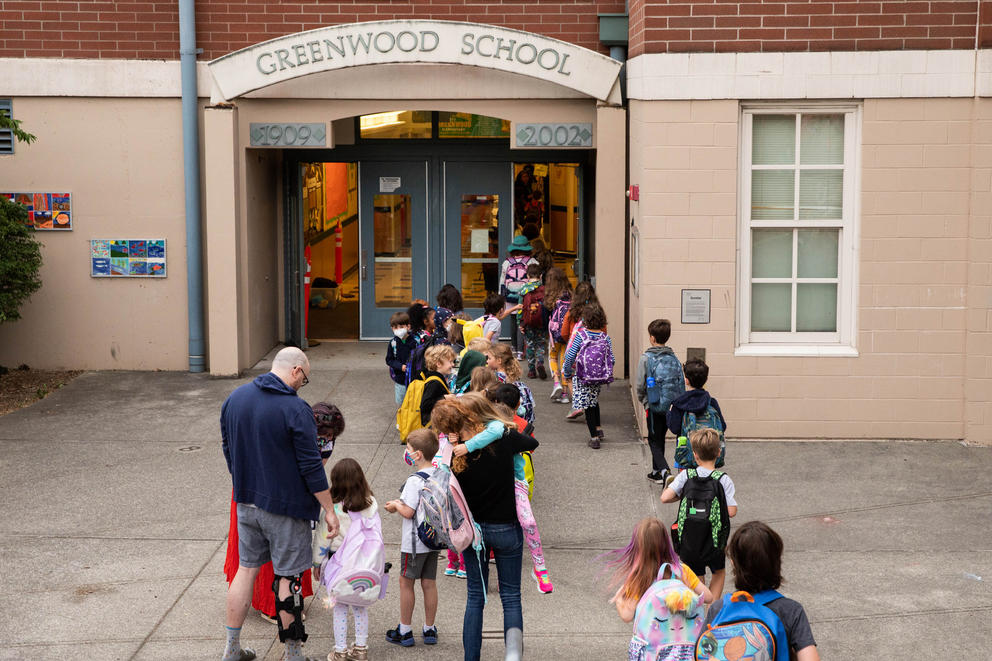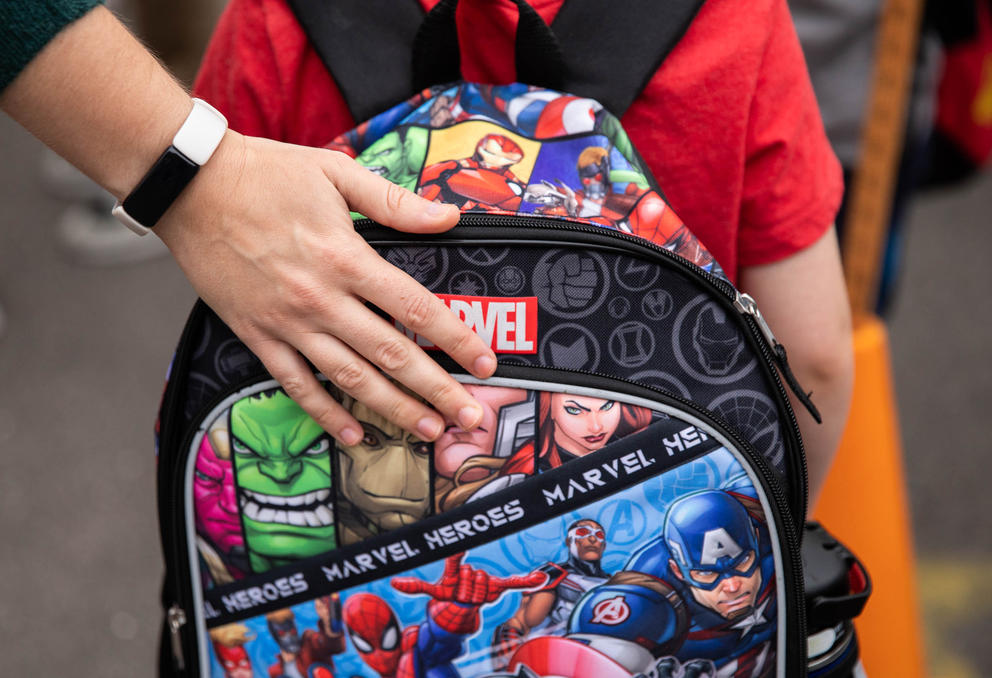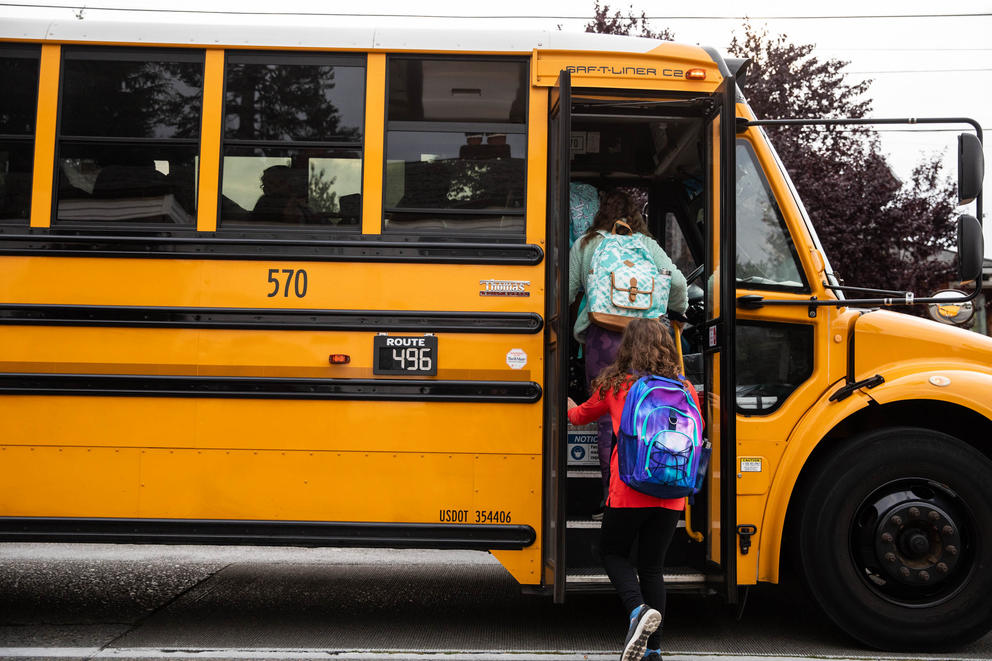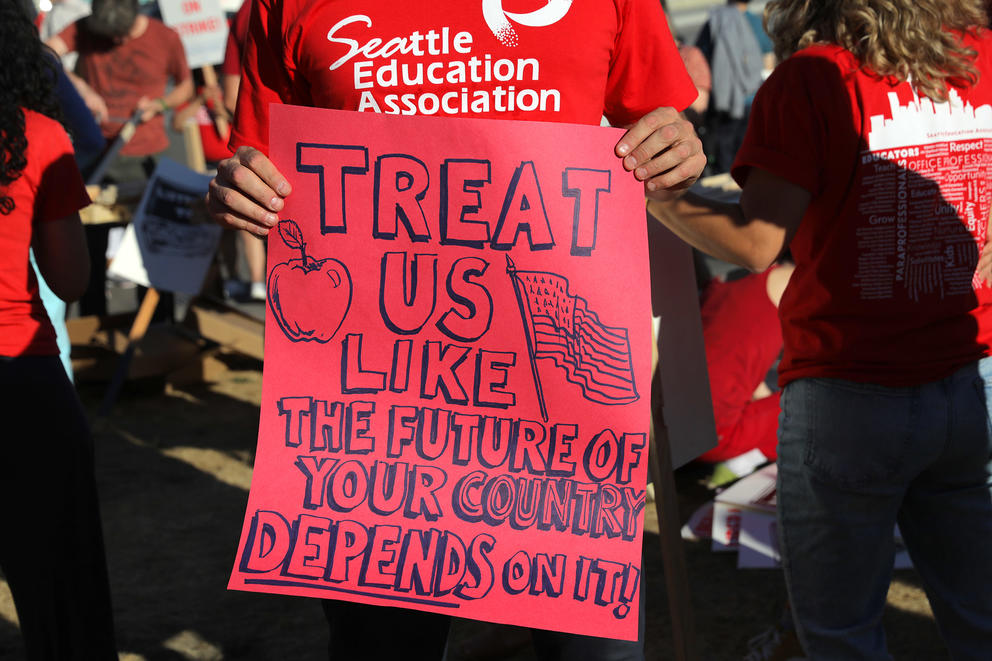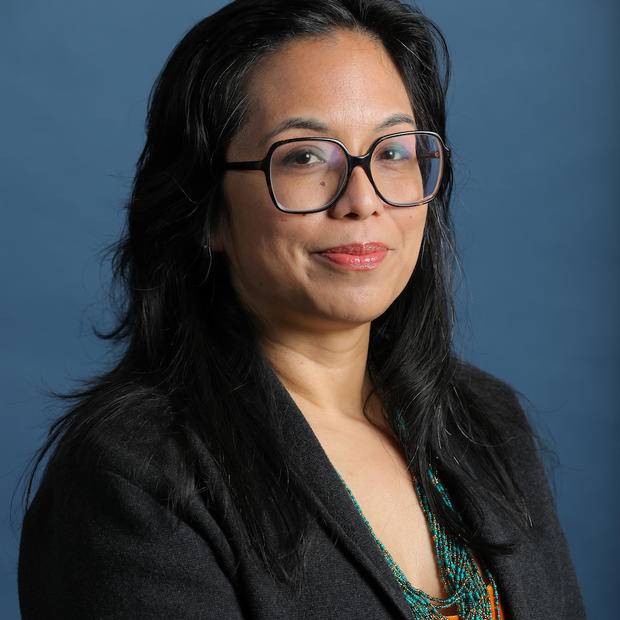Seattle officials have warned that the district could find itself in a budget shortfall that nears $200 million in the next three years. Other districts, such as Olympia, are also girding for possible cuts.
As a result, some education professionals have called for the state Legislature to revisit how much is going to schools, possibly in the 2023 legislative session that begins in January.
Education is the state’s largest expenditure category. School funding in the past few years has made up about half of Washington’s total general-fund budget – about $28 billion of the state’s $59.2 billion operating budget in the 2021-23 biennium. That money to educate the state’s roughly 1.1 million K-12 public school students does not include state money spent to build and repair school buildings, buy or rent buses, or pay for some supplemental education.
But what is the relationship between the state funding and local schools, and how much room does the state have to give more to school districts? Here’s a basic breakdown of how Washington funds its K-12 schools.
State funding vs. local levies
Most school money comes from state property, business and sales taxes and optional local property taxes, commonly called maintenance and operations levies. Most of the state money is distributed on a per-student basis, but several other factors also determine state funding, including whether the students in the district come from families with low incomes or have special needs because of different learning or physical abilities. Washington also gets some school dollars from harvesting and selling trees on state-owned lands.
School districts can also put levies before local voters, usually in special elections in February or April. Local operations levies are capped, so districts are limited in how much they can ask from their local voters (more on that later). An additional 10% or so of school funding comes from federal or other sources of money. PTAs, booster groups and nonprofit foundations also contribute to school budgets, but those dollars are mostly too small to significantly impact school budgets.
The vast majority of school district funding comes from the state – in the past four years, about 76% to 80%, with about 10% to 12% from local levies. (In the past two years, these proportions have slipped a few percentage points because of an increase in federal spending, much of it through the COVID-19 relief packages for K-12 education, known as Elementary and Secondary School Emergency Relief, or ESSER funding.)
This prioritizing of state funding is intentional. Washington’s state Constitution calls for the state to provide “basic education” for K-12 students. In 2012, Washington courts sided with two families in rural Washington who sued over school funding, agreeing that the state was failing its constitutional duty to completely fund basic education, and that local districts relied too heavily on their local voters and communities.
The lawsuit, known as McCleary, et al. vs. the State of Washington, resulted in a reformulation of how the state funds basic education. The changes, put in place over 2017 and 2018, boosted the amount that the state sends to each district – but the reformulation also changed the cap on how much a district could ask from its local taxpayers through an operations levy. This was done to avoid a hit to taxpayers as the funding model changed and to rebalance the share of education funding that the state is responsible for.
How does the state figure out how much money to send to schools?
While the state distributed about $14,556 per student in 2019-20, according to federal data, it’s not a one-to-one relationship between each student and that amount. Many factors go into the funding formula.
The size of the student population is an obvious part of the equation, but other factors include community poverty levels, special education needs and differences in the local cost of living which affects educator salaries, which all can result in additional funding from the state.
Washington has created what it calls a “prototypical model” for schools. The state provides funding that is calculated to be adequate for a certain number of teachers, principals, librarians, instructional aides, nurses and other staff based on student population. The Office of Superintendent of Public Instruction (OSPI), the agency that oversees K-12 public instruction in the state, then issues money to the districts based on what that minimum staffing would be.
For instance, for every 400 students in grades pre-K-6, a district would receive enough funding for 1.2 building administrators such as a principal or assistant principal, 0.6 librarians, .49 guidance counselors and 1.66 custodians, among other staffing. The model also calls for average student-to-teacher ratios, although those numbers also take into account teachers outside general education classes, such as physical education, art or music.
This model is often revised; for instance last year, the Legislature increased the number of school counselors and nurses considered to be part of basic education.
State money is also augmented in high poverty areas – where schools have to address additional student needs – as well as in areas where the cost of living is greater, to help teacher and other school staff pay keep up with the cost of living in the communities where they work.
OSPI also allocates additional federal money to districts with high community poverty levels, and funds grants for programs for English Language Learners or for students enrolled in special education or need other accommodations due to disabilities.
However, when districts get the money – from all these sources – it’s up to local schools boards and administrators to determine exactly how to spend it. Districts set up school and class sizes, determine how many principals and administrators will be at each building, and how much to pay teachers, superintendents and other staff – at pay rates that are often above the salary levels set by the state, to help districts with recruitment and retention.
The districts’ operations levies can fill funding gaps to decrease class sizes, increase superintendent or teacher salaries, add school counselors or nurses, or offer after-school tutoring programs to help raise academic achievement. However, districts are still spending some of their operations levy money on special education staffing or addressing other learning needs – expenses that the state budget considers covered by state and federal dollars – instead of enhancing their “basic education” programs.
Can a local district just ask voters for more money to keep up with their local needs?
Districts are limited in how much they can ask for in local property taxes, but the reformulation of statewide school funding also changed the cap on how much districts can raise through local operations levies.
In most areas, the levy cap is now at $2.50 per $1,000 of assessed value – although districts can ask for less. The state’s largest districts – which would have lost millions of dollars from their local levies after the state reformulated school funding – have a different cap, which is determined per student.
The state also provides matching funds to districts in areas with lower property values, but districts lose those matching funds if voters reject the operations levy.
Voters can pass these tax levies with a simple majority of 50% plus one vote, but some districts have a harder time than others convincing their local voters to tax themselves. For instance, Seattle voters approved a local operations levy by 78% in February 2022, which is expected to raise $646.8 million over three years. But Kennewick School District voters have twice rejected the renewal of its local levy in February and April, which resulted in at least $5 million in cuts to the school district budget in the 2022-23 school year. The district plans to return the proposal to voters next year, but if the operations levy continues to fail, the district may face major layoffs to cut up to $25 million from its budget, according to the Tri-City Herald.
Are these the only sources of money for school districts?
While state and federal funding and local levies are the main sources of districts’ general funds, districts can also go to voters to pay for specific needs. They can ask voters to approve capital bonds, which enable districts to borrow money for expenses such as new school construction and improvements to existing buildings. The state also matches this construction money. The threshold for approving construction bonds is higher than for levies – bonds must get 60% of the vote to pass.
Some districts are also successful with capital levies for smaller projects, which require a simple majority to pass. These include technology levies, which pay for computers, lab and class equipment and upgraded technology. Districts can also ask voters to pass a transportation levy, to purchase and maintain buses. None of these special enrichment levies are supposed to pay for salaries.

